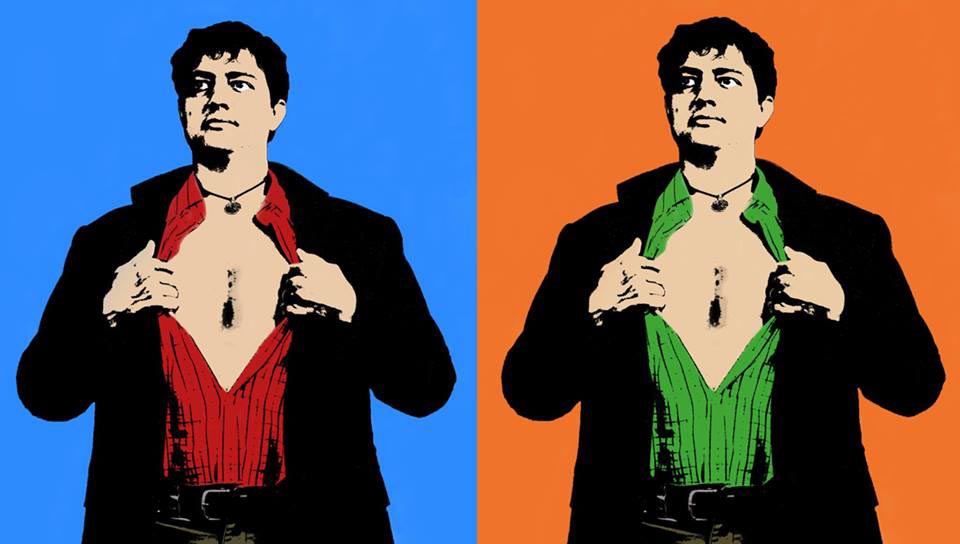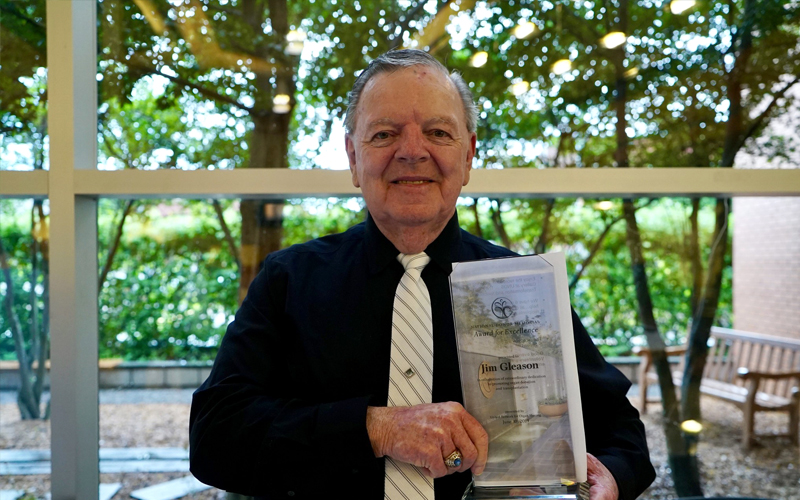United Network for Organ Sharing (UNOS) named James “Jim” Gleason of Beverly, NJ, the winner of its 2019 National Donor Memorial Award for Excellence in recognition of his untiring efforts as a donation advocate.
Jim’s volunteer journey began 25 years ago when he received a heart transplant. From that moment in October of 1994, Jim Gleason has been an unwavering advocate for organ donation and transplantation. Soon after his transplant, Jim began visiting transplant patients, sharing his story with others, and writing newsletters.
Since that time, Jim has given more than 500 talks from coast to coast. He has also provided support to transplant candidates and recipients, represented the voice of patients in organ policy development, shared his experience with transplant professionals and volunteered and raised money for non-profit organizations.
“Jim’s level of commitment to promoting donation and helping other transplant patients is unparalleled” said UNOS President Sue Dunn. “He has been a tireless advocate for more than two decades and continues to play a vital role within the donation and transplantation community.”
UNOS established the National Donor Memorial Award for Excellence in 2010 to recognize exceptional advocates who promote organ donation and transplantation. UNOS solicits nominations for the award from the organ procurement organizations and transplant centers in the United States.
Jim was nominated by Hospital of the University of Pennsylvania. Previous winners have been donor family members, a social worker/donation advocate, a liver recipient, and the recipient family members.
UNOS unites and strengthens the donation and transplant community to save lives.
UNOS is a non-profit, charitable organization that serves as the nation’s Organ Procurement and Transplantation Network (OPTN) under contract with the federal government. The OPTN helps create and define organ allocation and distribution policies that make the best use of donated organs. This process involves continuously evaluating new advances and discoveries so policies can be adapted to best serve patients waiting for transplants. All transplant programs and organ procurement organizations throughout the country are OPTN members and are obligated to follow the policies the OPTN creates for allocating organs.
Headquartered in Richmond, Va., UNOS is also home to the National Donor Memorial, which honors the life-giving impact of organ and tissue donation.
Learn more about the National Donor Memorial




